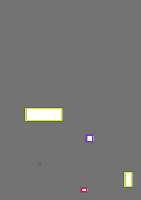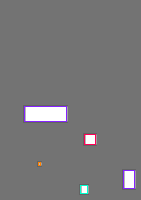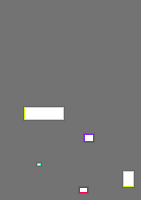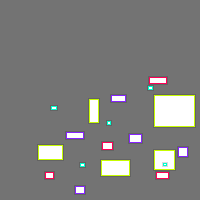microplastic_100 Computer Vision Project
Updated 2 years ago
1.5k
views62
downloadsMetrics
Here are a few use cases for this project:
-
Environmental Impact Analysis: The model can be used by environmental scientists to analyze the magnitude of microplastic pollution in various ecosystems, like oceans, rivers, and soils by scanning images of samples from these environments.
-
Waste Management Systems: This model could bolster waste recycling machinery by automatically identifying types of microplastics during the sorting process, improving efficiency and reducing manual labor requirements.
-
Oceanography Studies: Researchers in the field of oceanography can process underwater images or sample images taken from marine life to study the incidence and types of microplastic pollution in marine ecosystems.
-
Public Health Research: The model could be deployed in public health research to analyze the presence of different types of microplastics in food products or drinking water, establishing their potential health impact.
-
Manufacturing Quality Control: Companies producing plastic goods can use this model to identify microplastics waste during production stages, encouraging better waste management and reducing environmental footprint.
Use This Trained Model
Try it in your browser, or deploy via our Hosted Inference API and other deployment methods.
Build Computer Vision Applications Faster with Supervision
Visualize and process your model results with our reusable computer vision tools.
Cite This Project
If you use this dataset in a research paper, please cite it using the following BibTeX:
@misc{
microplastic_100_dataset,
title = { microplastic_100 Dataset },
type = { Open Source Dataset },
author = { kueranan },
howpublished = { \url{ https://universe.roboflow.com/kueranan/microplastic_100 } },
url = { https://universe.roboflow.com/kueranan/microplastic_100 },
journal = { Roboflow Universe },
publisher = { Roboflow },
year = { 2023 },
month = { jul },
note = { visited on 2025-02-03 },
}
















